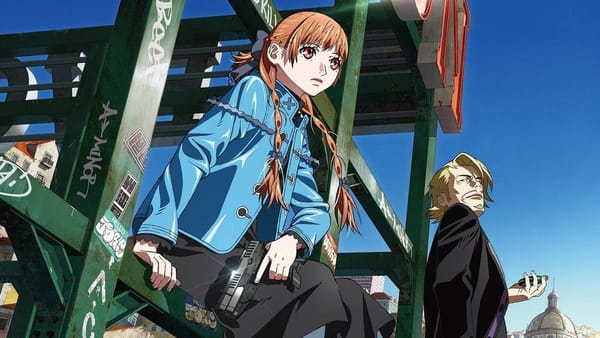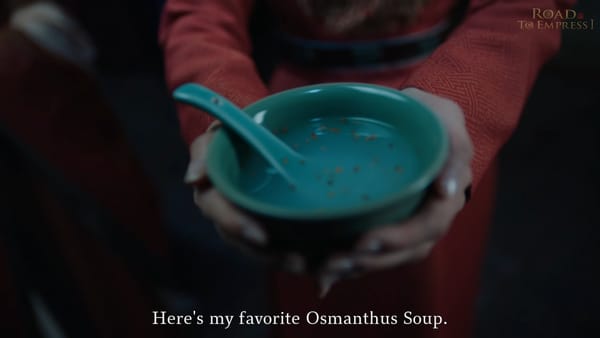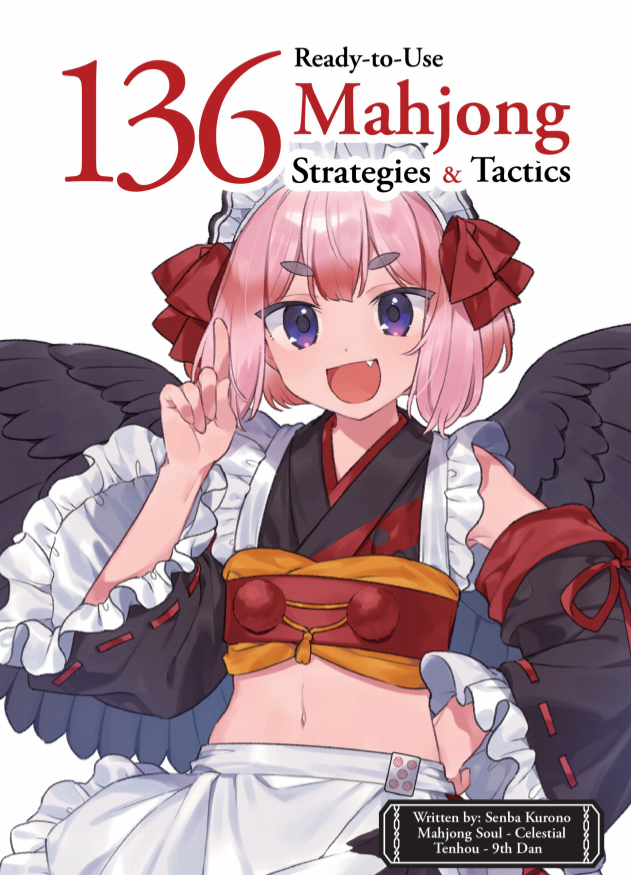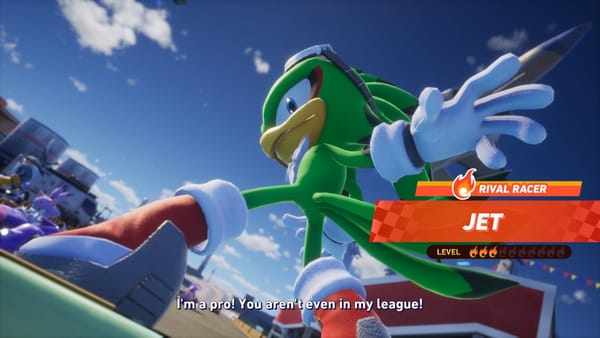Street Fighter 6's World Tour is a terminally boring fetch-quest RPG, but it sends you great text messages
The text messages are seriously the best part
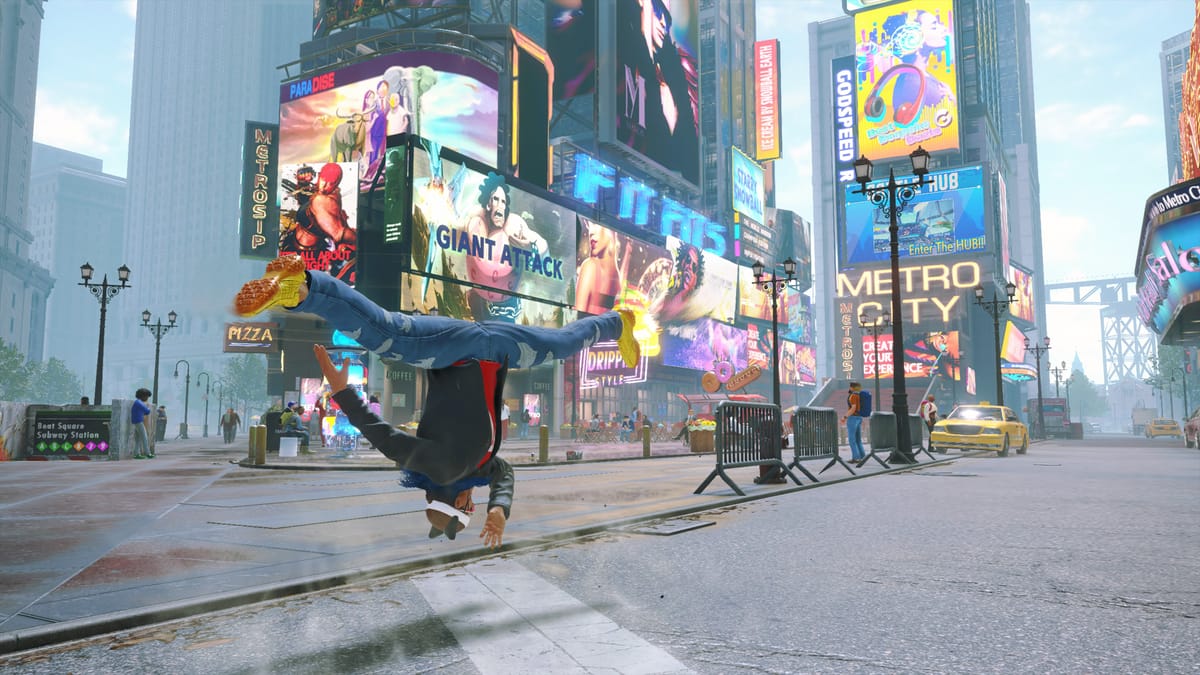
Street Fighter 6’s triplicate menu screen is intended to be a bridge into the demanding world of a competitive fighting game. Players are meant to start with the RPG on the left (World Tour), finish the adventure, and take their RPG character into the Fortnite-style social lobby in the middle (Battle Hub) to battle it out with other avatars and, hey, maybe try out the main game. Ultimately, SF6 would really like it if you got interested in the hardcore competitive Fighting Ground on the far right, or even if you just became a spectator fan.
I talked about what I liked about SF6 the fighting game all the way back in its very first beta, and little has changed there. Fighting Ground is insanely polished, iterating and re-iterating on 30 years’ worth of fighting concepts and mechanics. I’m extremely satisfied with the new game. But World Tour is a completely different game from Fighting Ground.
World Tour is a very ambitious and very messy first attempt at an action RPG in the Like a Dragon (Yakuza) style. It sounds brilliant on paper, and since its announcement people have questioned why every fighting game doesn’t have a mode like this. Well, for one thing, it’s a whole other game to make. For another thing, it turns out those Like a Dragon games have twenty years of polish on them, and this first effort at a Street Fighter open-world action RPG isn’t anywhere near that standard.
Not only is World Tour rough around the edges, it is unfortunately not a whole lot of fun to play.
Core game loop
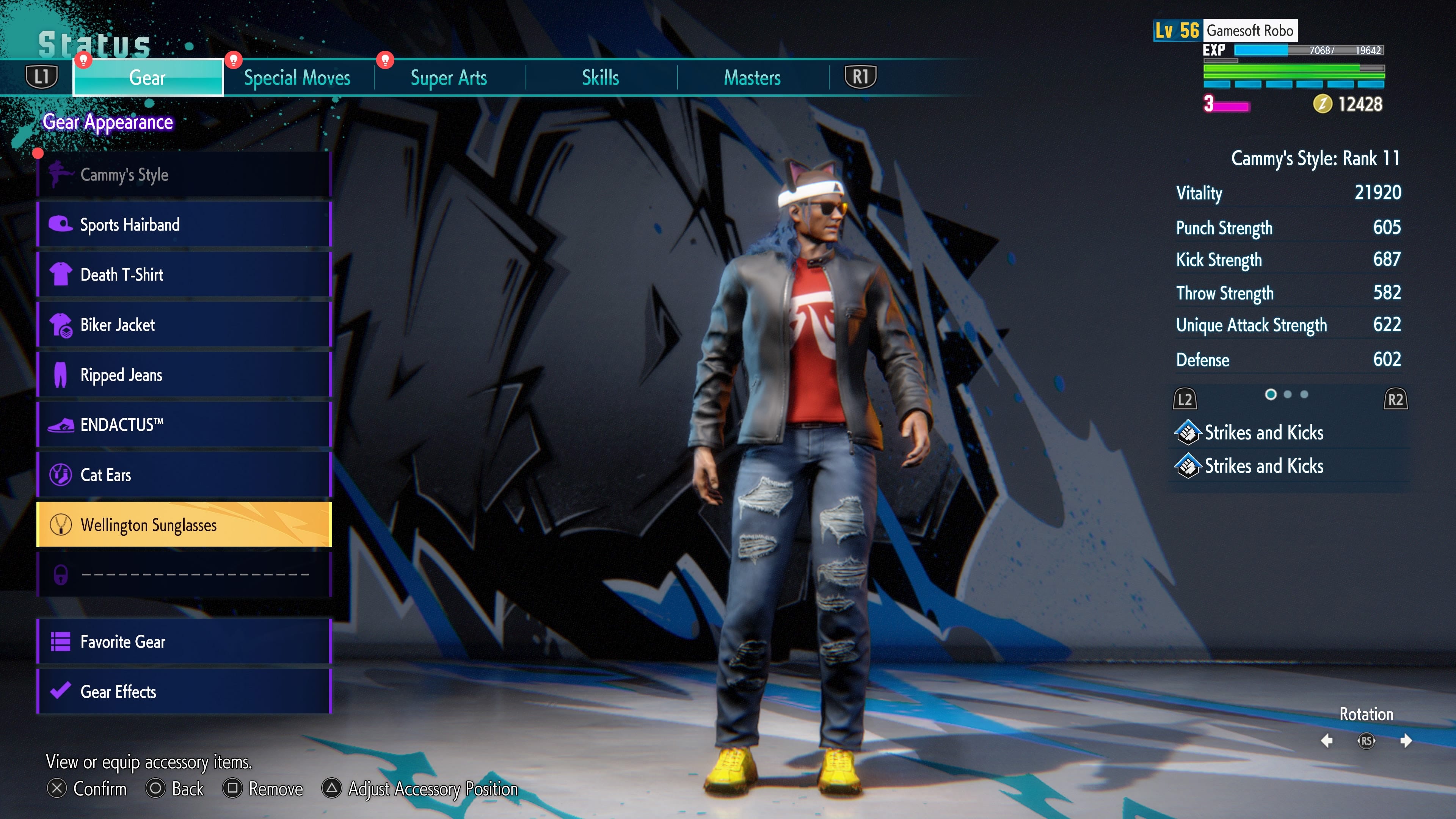
As promised, in World Tour players get to build their own character, outfit them with a mixed arsenal of fighting styles and special moves, and send them on an adventure around a wide-open chunk of Street Fighter’s New York stand-in, Metro City.1
One inspired move is to turn Metro City into a town about as obsessed with bare-knuckle street fighting as the average Pokemon town is obsessed with battling monster buddies. Every single person you meet can be challenged to a battle, wherever you see them.2
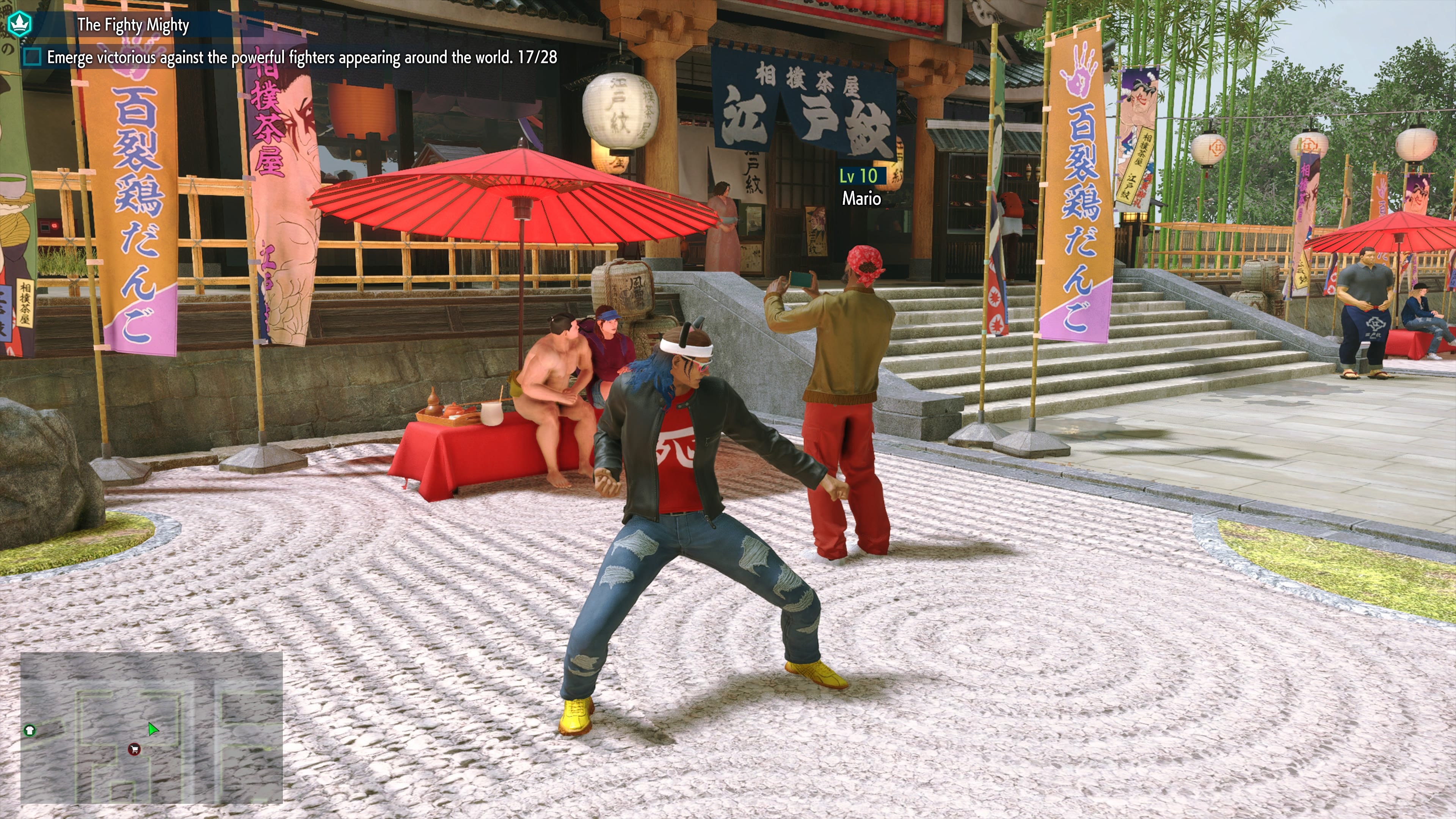
Completely divorced from the main quest line, going around town getting in fights with strangers, buying new clothes, and playing silly mini-games is a fun couple of hours. Metro City is a map worth exploring: there’s even a bit of climbing and platform jumping, using special moves like the Yoga Teleport and Spinning Bird Kick as modes of transportation.
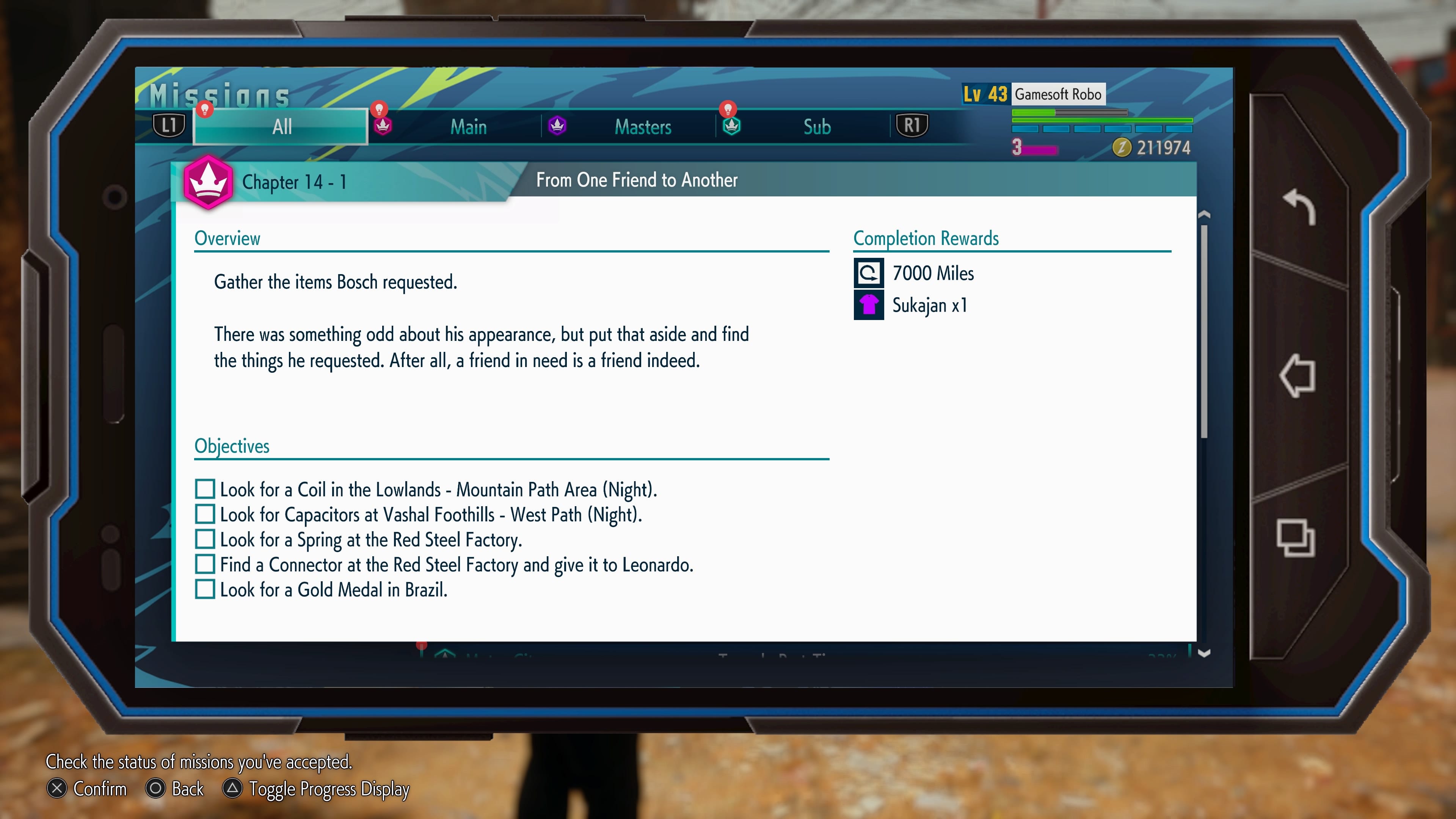
The problem with World Tour is the main quest experience itself, which consists almost entirely of struggling with a terrible onscreen map to complete mundane fetch quests with no sense of narrative or purpose.
By comparison, the Like a Dragon series’ adventure is masterfully paced, placing different levels of narrative tension on different moments in the story to engage the player’s imagination. There are moments that feel deeply urgent— you need to save an ally in trouble— and there are moments where the game explicitly tells you to relax and go have fun.
World Tour doesn’t have any of that pacing; it’s just raw tedium, a twenty-hour-long to-do list of people to talk to and items to go fetch for them. Want a side quest to break up the monotony? Well, it’ll be a fetch quest from a different person. No task ever feels important, because the player character isn’t an active participant in the story but a gofer. The tasks feel like they’ve been puffed out to artificially increase the amount of time you spend playing the game. It’s very “replay value” to have to go back across town to your apartment and change the time of day from “day” to “night” every single time that time passes in the game story, for example.
RPG elements
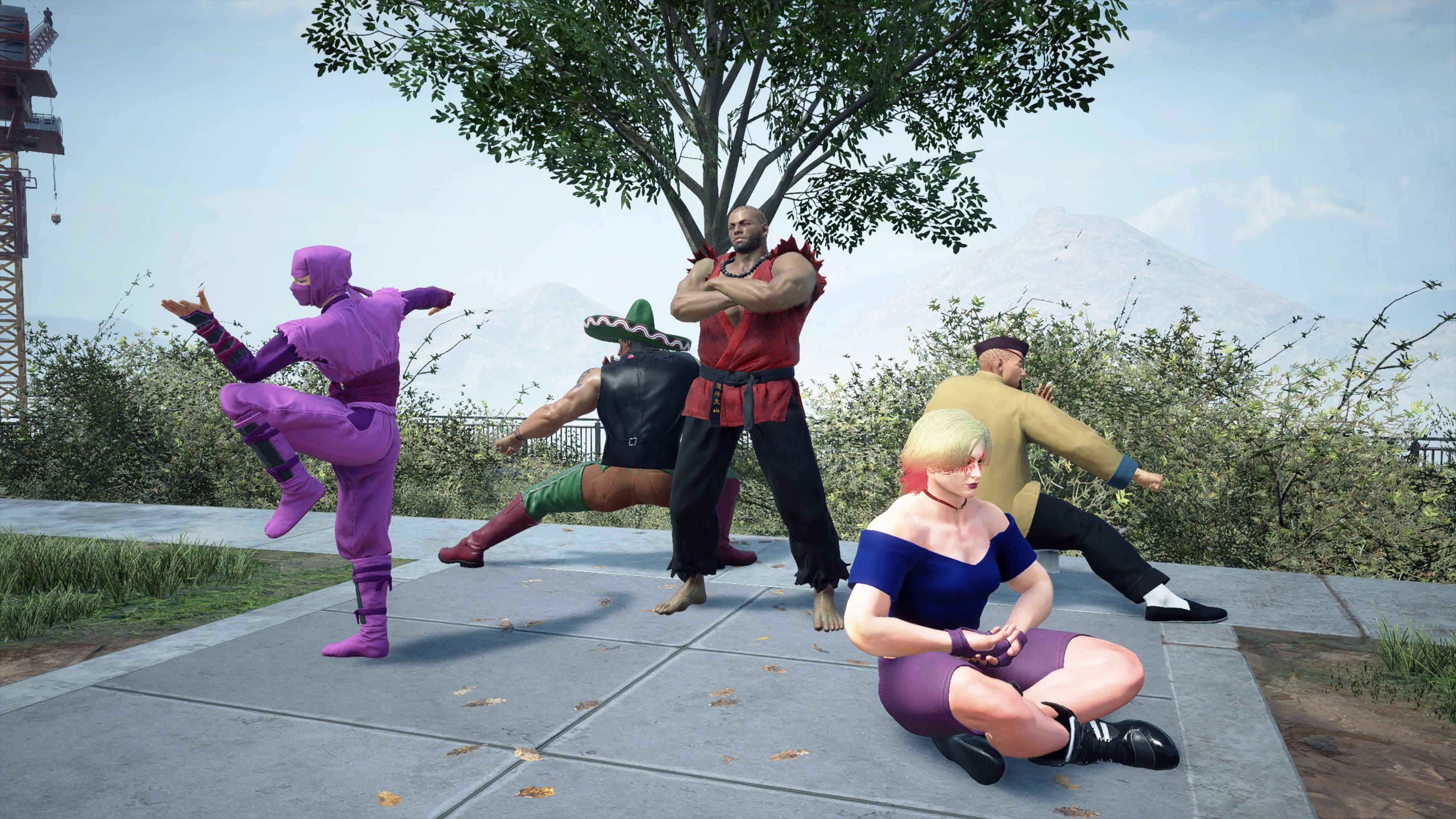
One big problem when you switch to “night” is the sheer amount of random battles you have to deal with. The player is regularly faced with mandatory level-grinding in the form of aggressive enemies on the street who aren’t really worth fighting. So much weaker than the player character that they pose no challenge whatsoever, but also rapidly spawning and wildly persistent, these mobs waste time for the sake of wasting it.
There’s no rushing your progress in World Tour, so don’t even try it. The experience grind favors facing lots and lots of battles, not beating down one much stronger opponent for big XP returns (the returns aren’t big, even with experience boosters!). A 10-level difference isn’t insurmountable: it just means you might as well not bother, because you need to hit the opponent 100 times and they need to hit you once. As such, it’s intentionally difficult to make your character overpowering even if you choose to grind. And you will probably want to grind, as the game has a final gauntlet prepared that will both test your skills and overpower your character.
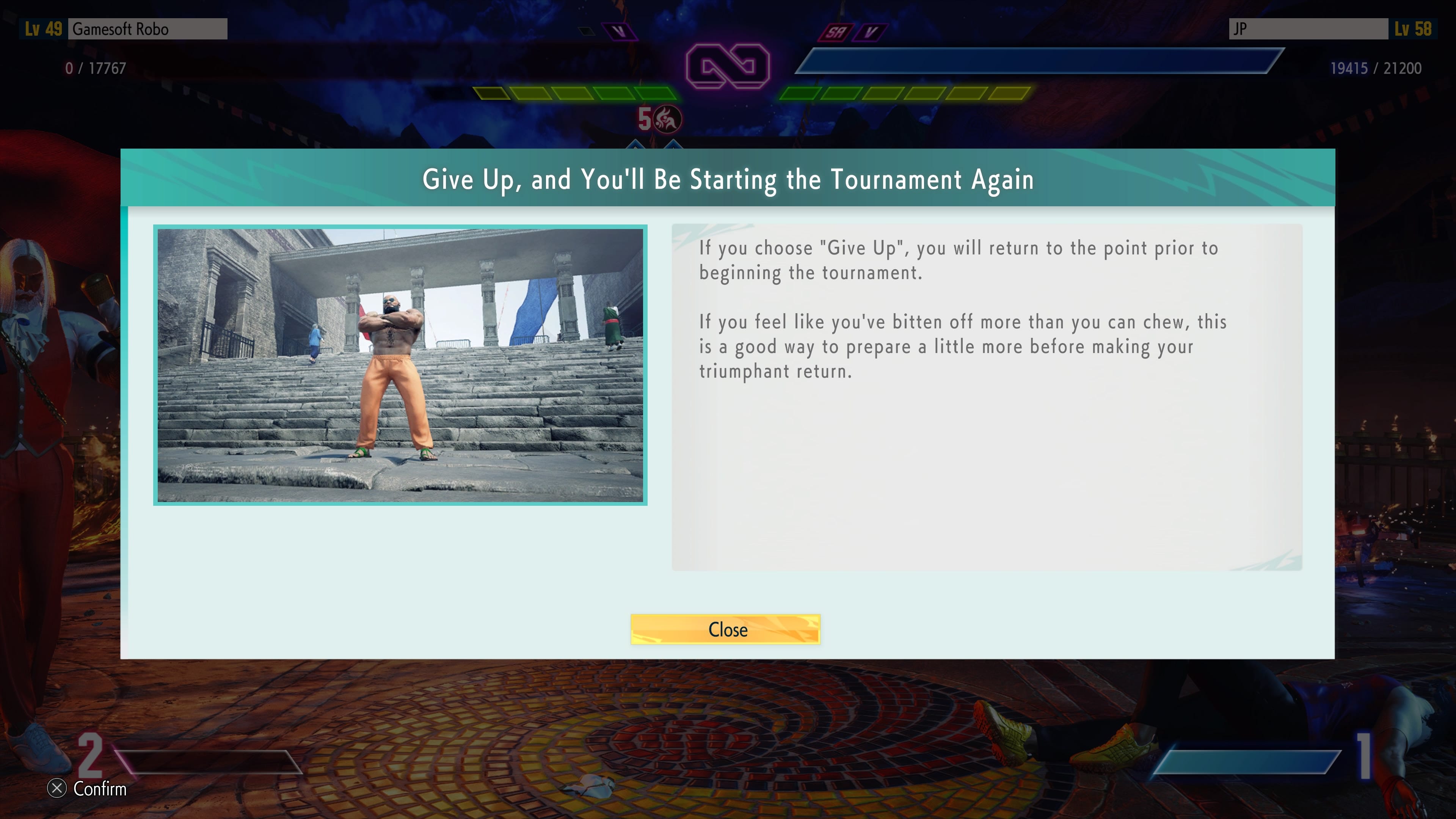
Like a Dragon has a famous screen at the end of every game that tells players with no uncertainty that this will be the end, and that if the player wants to get anything else done, to do it now. This is because the final stage is usually an onslaught of over an hour long with no turning back in the middle if things get too tough. World Tour tells you this when you’re already at the final boss. I got to the final boss drastically underleveled and had no choice but to tough it out, beating a boss who had about 10X normal HP and could kill me in three hits. The alternative, I found out only the first time I lost to him, was to play the entire hour-long sequence all over again.
Assembling a weird wild-card character is a fun thought experiment, though a bit limiting in key places. My current World Tour character is a grappler based on Manon who also throws Hadokens and Shoryukens, uses lightning like Blanka, and rips opponents apart with Chun-Li’s crushing kick super moves.
There’s a reason you don’t have characters who can just do everything in Fighting Ground: it gets really silly really fast. Fights between player avatar characters in Battle Hub are about as dumb as you’d expect: players have three HP bars and they run out the timer because that’s too much damn HP. Meanwhile breakdancers and wotagei dudes dance in the background. It’s quite a scene.
Story
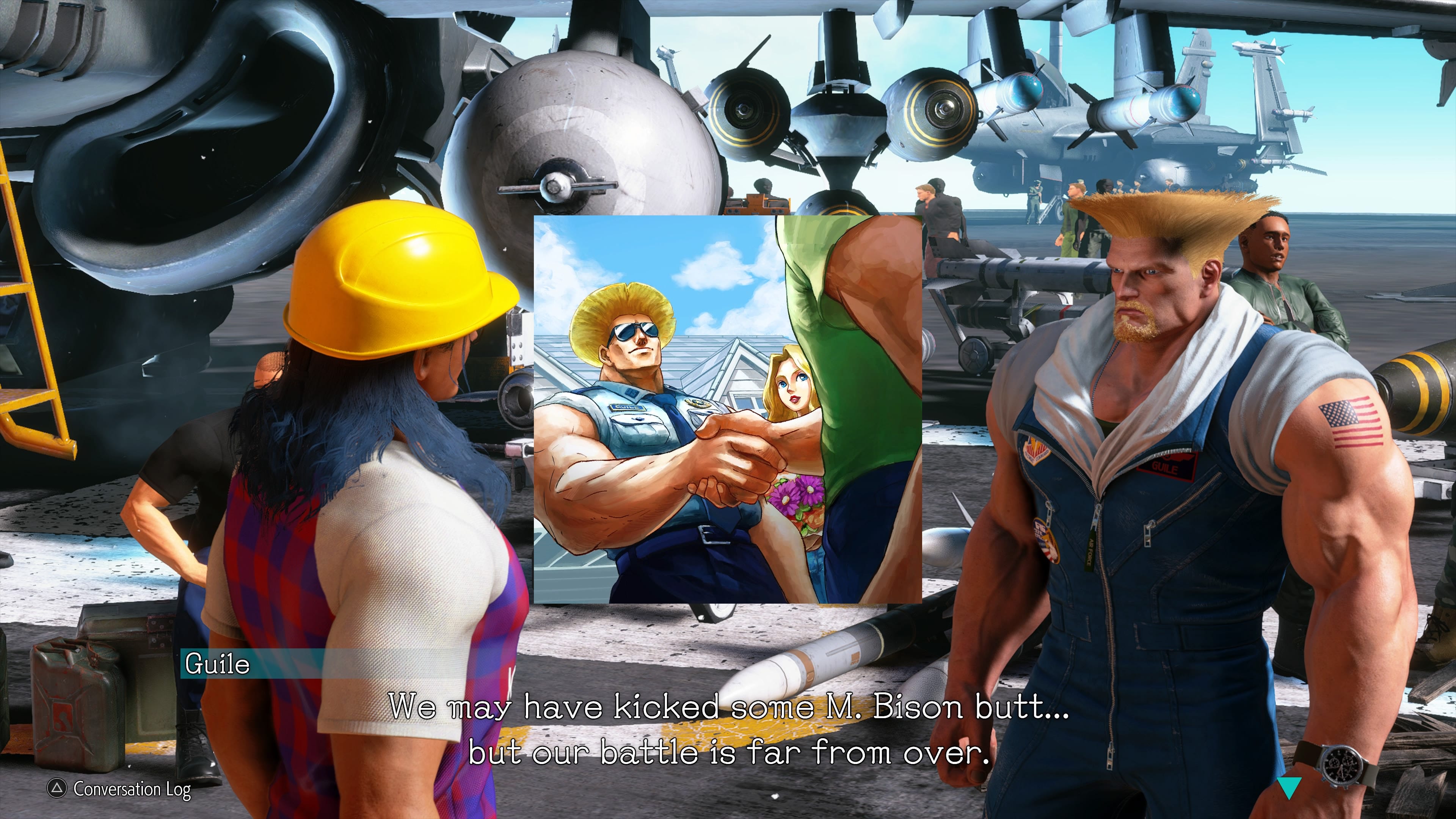
Street Fighter has never been great at narrative. Despite the surprisingly large amount of comics and anime it’s produced,3 SF is really all vibes and character. SF6 bleeds character, in fact, and that extends to the RPG mode.
But when they do try narrative, Street Fighter games tend to hit the same tired story beats over and over again, like Ryu’s struggle not to succumb to evil powers. So even though one wants to have hope for a Street Fighter RPG— it’s a genuinely rich universe full of fun characters with loads of backstory— it’s kind of expected that it won’t be great.
And it’s not great. After the first hour, when you’re set up with a buddy and he immediately leaves, nothing you do in World Tour has anything at all to do with any kind of over-arching narrative for at least ten hours. At first jokingly, and then in earnest, the main quest turns players into gofers. Traveling from one pointless lead to the next in search of your one-minute partner, fighters slog through masses of bad guys, deliver quest items, and meet Street Fighter characters if they’re lucky.
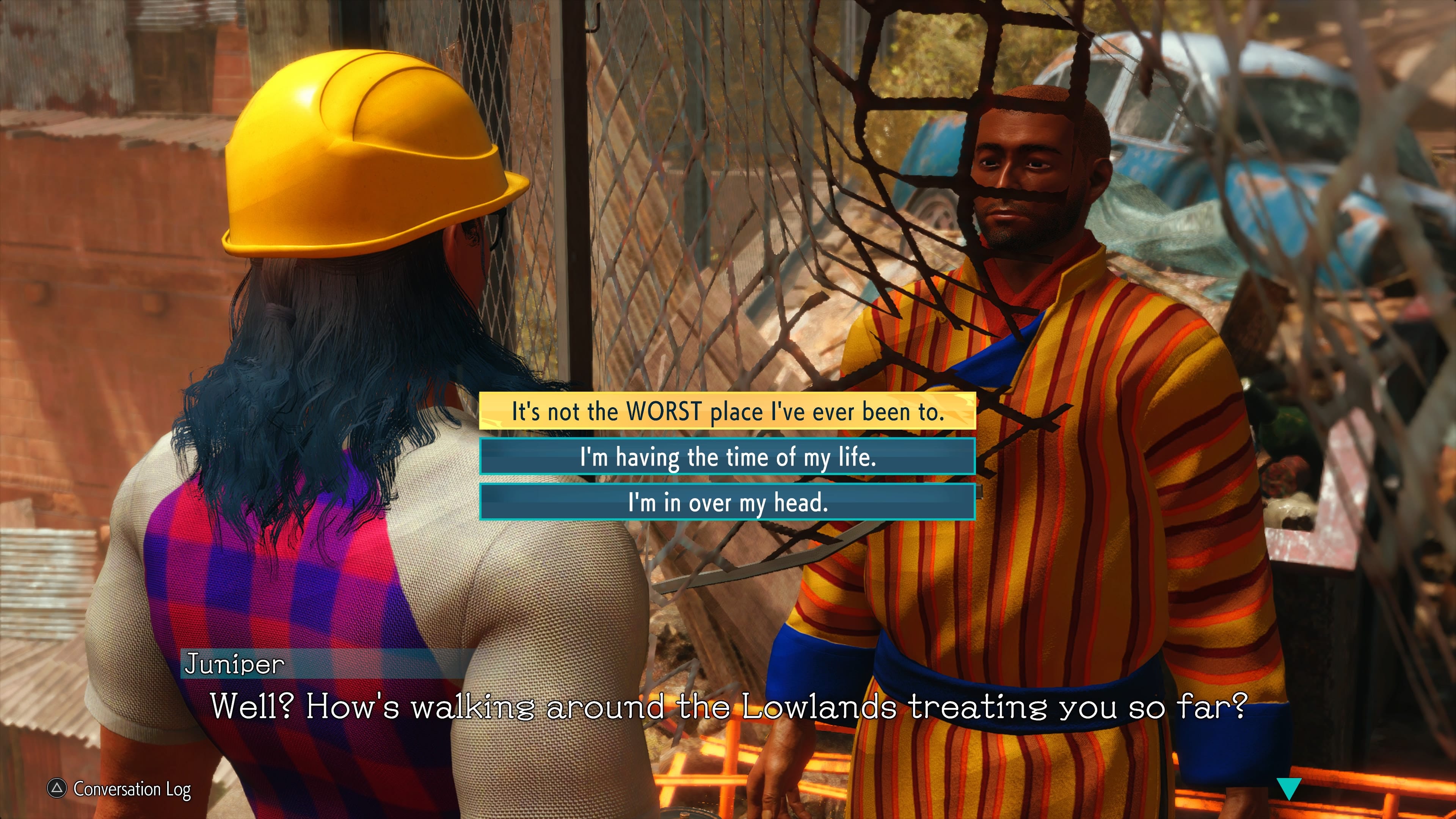
About halfway through the game, the second map, Old Nayshall, opens up. Nayshall is one of those unfortunate fictional “uh, Middle East somewhere” action movie countries that looks like the filter TV shows put on Mexico. It’s a miserable shanty town in sharp comparison to Metro City’s off-brand New York, and on top of that it’s not a fun place to navigate at all. It’s got a confusing layout to add to the bad in-game map, and tight corridors that make it impossible to avoid the random battles which by this point have become constant.
Anyway, it turns out the player’s buddy is from the Nayshall resistance movement, which has a Saturday morning cartoon-level stupid plan to assassinate SF6’s big bad guy, the Psycho-Powered gentleman JP. The buildup to this foolishness is the only important storyline World Tour has, and the ending pairs a brutal gameplay experience with a cruel and unearned tonal shift followed by a narrative slap in the face. It’s remarkable that a time-wasting RPG with only the smallest shred of a story manages to insult even the time the player wasted in its final moments.
The finish of World Tour is so empty that it implies the story isn’t done, and perhaps DLC will fill this space some time soon. But that doesn’t really cover for the bad time I already had.
The lore is the best part
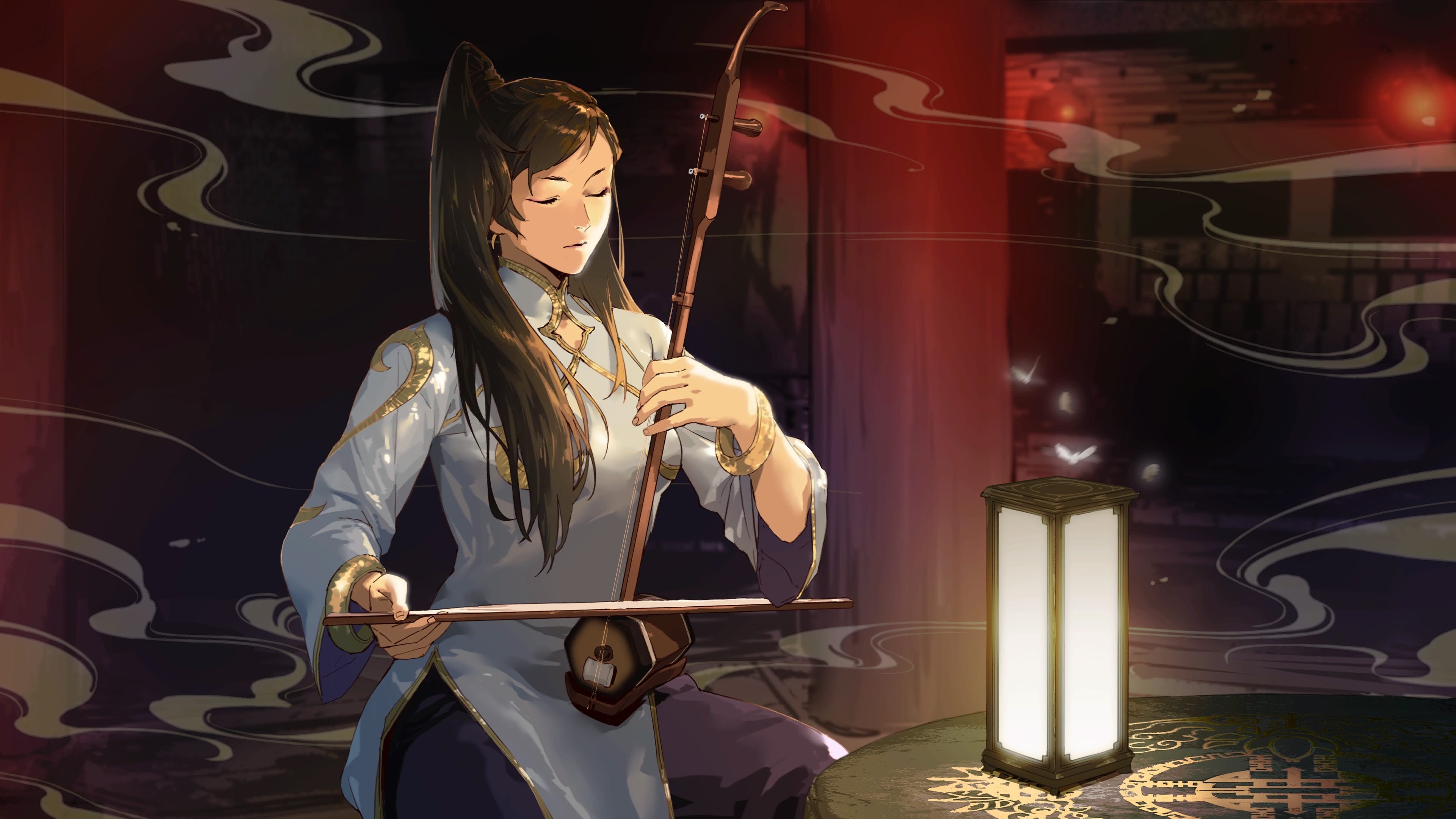
What you do get, the fun part, is largely of interest to people who are already big Street Fighter fans: all the character and lore. Though almost all of them are completely uninvolved in the story, the Street Fighter 6 cast are all hanging out around the world waiting to teach you their moves. As you progress though the game you learn more of your master’s moves, and you get to know the character a bit too, in what feels a lot like a dating-sim element. I, for one, chose my boyhood crush Chun-Li immediately.
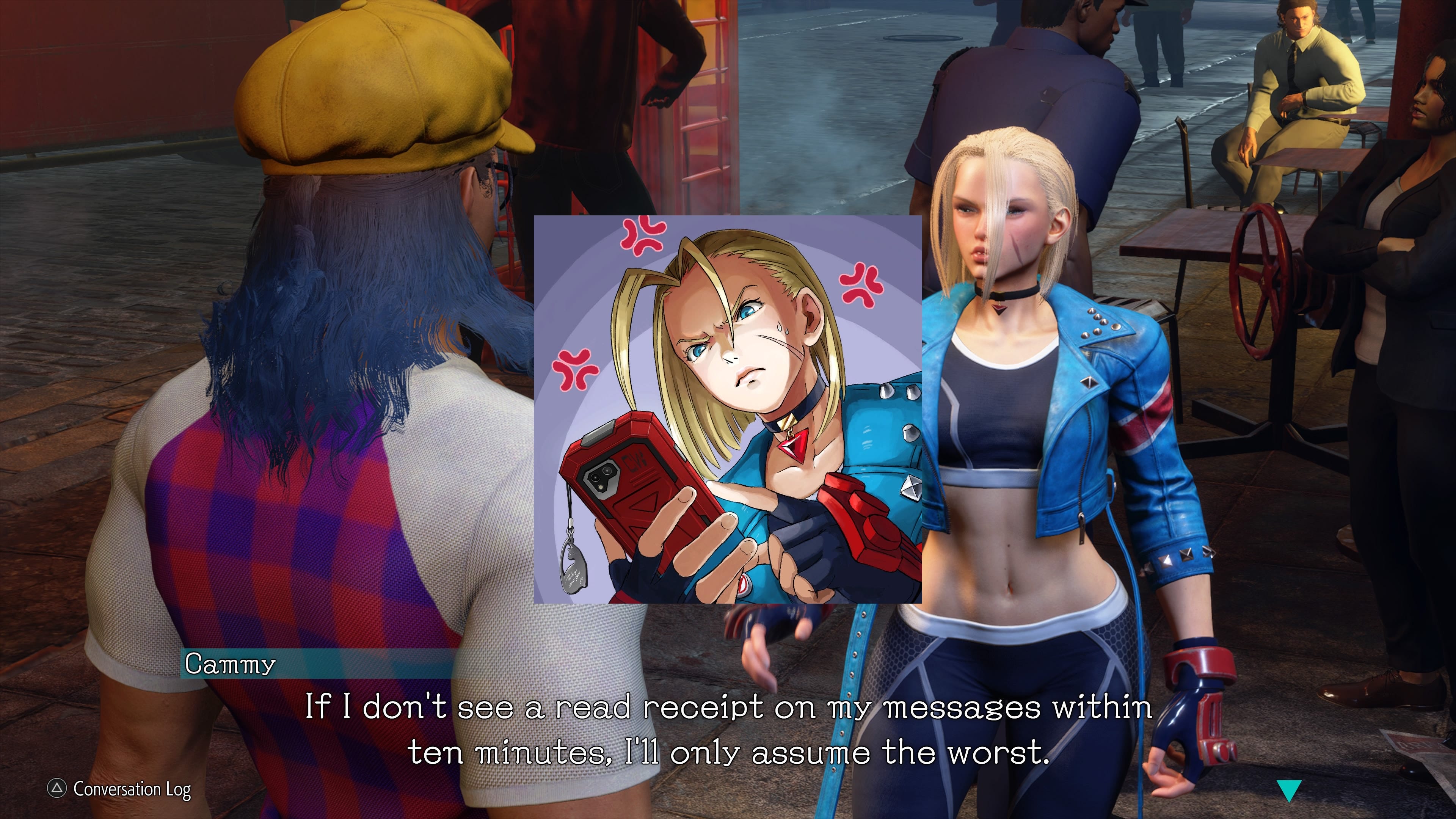
And I was richly rewarded, for as I slogged, the motivation was always to get back to Chinatown and talk to Chun-Li some more. I learned about her hobbies (she shoots skeet and plays the erhu), her departed dad (the first practitioner of the Spinning Bird Kick), and her adopted daughter (the little girl from Third Strike is now a teen). Every character has a deep vein of dialogue accompanied by gorgeous illustrations to really put you in their space. The characters text you in game and even their texts are written deeply in character: Ryu can barely use his phone, Cammy is a hardcore “answer me, I know you read it” type, and Juri is a self-loathing, needy brat. This whole part of the experience is the reason I continue to trudge through World Tour: I wanna see it all.
I can’t say that for the rest of it. Leveling up my character and beating up guys is solely a means to faster unlocking characters’ outfits and hearing more of what the elegant French judoka supermodel Manon has to say about fancy sweets. I wish there was stuff that motivating in the main narrative, but alas, it’s all just crossing town repeatedly to deliver messages to the first stage boss from Final Fight.4
Know what you’re getting into
A lot of people are buying SF6 as their first fighting game— or first in a long time— and it’s a great choice. But be aware that SF6 is effectively two games in one, and when one of those parts is a full-length RPG, something’s got to give. I suppose you could only play World Tour and treat SF6 as a single-player experience… but I dunno, wouldn’t you just want to play Monster Hunter then?
On the other end, if you’re a fighting game player who doesn’t want to play World Tour, it will kind of force you in. Everything that you can grind up with a little time in World Tour, like character costumes and avatar gear, costs money in the other modes. The major reward of being able to unlock characters’ Street Fighter II-era costumes was what forced me to slog through this thing.
That being said, as a Fighting Game Guy, I hope World Tour does suck you in. I hope it gets a whole generation totally obsessed with playing footsies in the Fighting Ground. I hope it makes you buy Guilty Gear. If it got you, if you think I’m totally wrong… that’s great! We always need more people, and as a wise man once said, fighting games are a thing so great.
*Very weird to see landmarks from the Statue of Liberty to the skywalk copy-pasted into this odd little town. ↩
The only character I noticed to be exempt to this was Blanka’s mother. ↩
The SF2 animated movie is not quite canon but it is an all-timer. ↩
The Final Fight service is very strong in this game, and I must admit the subway bit was delightful. ↩
